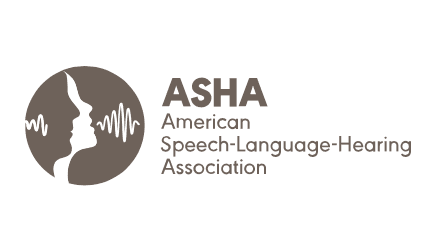Deaf and hard-of-hearing students are eligible to compete for cash prizes and more in two national contests sponsored by Rochester Institute of Technology (RIT), home to the National Technical Institute for the Deaf (NTID). The SpiRIT Writing Contest, now in its seventh year, encourages deaf and hard-of-hearing high school students to use the power of the written word.
The contest will award the winners – two 10th and two 11th graders – their choice of a scholarship and travel expenses to the Explore Your Future (EYF) program at NTID, or $500. EYF is a six-day summer career exploration program for deaf and hard-of-hearing students, which gives them the opportunity to sample different careers as well as college life.
Complete contest guidelines and entry information are available at www.rit.edu/NTID/WritingContestNR. For more information, contact [email protected] or call 585-475-7695 (voice) or videophone 585-286-4555.
The second national competition is RIT’s annual Digital Arts, Film and Animation Competition for high school students who are deaf or hard-of-hearing. Students in grades 9-12 can compete for a $250 cash prize in each category.

2013 Winner
The competition recognizes students’ artistic expression with awards in the following categories: film, graphic media, interactive media, photo imaging, 3-D animation, and Web page design. Students may submit up to two entries.
Online entry forms, contest rules and other details are available at www.rit.edu/NTID/ArtsNR.
The deadline to enter both competitions is March 17th.
NTID, one of nine colleges of RIT, was established by Congress in 1965 to provide college opportunities for deaf and hard-of-hearing individuals who were underemployed in technical fields. Today, 1,432 students attend NTID; more than 1,250 are deaf or hard of hearing. Others are hearing students enrolled in interpreting or deaf education programs. NTID’s Center on Employment assists NTID students with finding co-op and permanent jobs. More than 150 interpreters, tutors and notetakers provide unparalleled support for students in and out of the classroom.
Source: RIT





